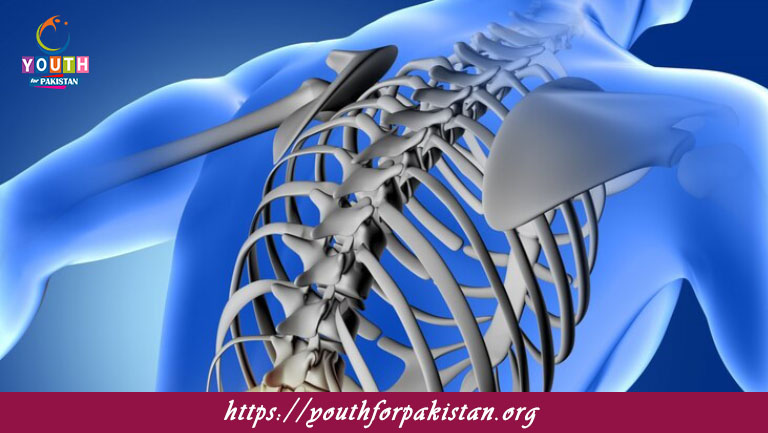Levels Of The Spinal Cord And Its Main Functions MDCAT Quiz with Answers

Levels Of The Spinal Cord And Its Main Functions MDCAT Quiz: The levels of the spinal cord and its main functions are an integral part of human physiology, providing the foundation for understanding neural coordination and reflex actions. It is a topic of paramount importance for MDCAT students to master, as it comes up in exam questions time and again. Prepare yourself better with an MDCAT Quiz on the anatomy and functionality of the spinal cord to ace this subject.
Structure and Functions of the Spinal Cord
The spinal cord has five levels: cervical, thoracic, lumbar, sacral, and coccygeal. Each level corresponds to specific nerve roots that control motor and sensory functions. The cervical region controls movements of the neck, arms, and diaphragm; the thoracic level controls the torso and autonomic functions. The lumbar and sacral levels control the legs and pelvic organs, while the coccygeal region contributes to the lower body. This information about divisions and their functions is very important to solve MDCAT questions related to spinal cord injuries and reflexes.
MDCAT Quiz on Spinal Cord Levels
You can test your knowledge with an MDCAT Quiz designed to cover the levels and main functions of the spinal cord. The quizzes on anatomy, motor pathways, and sensory integration can help you recognize aspects that are critical for the exam. Being in constant practice with topic-specific quizzes maintains your conceptual clarity and further develops your problem-solving skills.
Free Flashcards to Study Spinal Cord
Reinforce your learning with Free Flashcards that are leveled with specific functions of the spinal cord. The flashcards come complete with detailed diagrams, key terminologies, and succinct explanations for speedy revision. They are especially useful in the memorization of intricate anatomical structures and functions associated with them—this ensures the long-term retention necessary to ace the examination.
Experience the real exam environment with our expertly designed collection of over 25,000 MCQs MDCAT Mock Tests.






